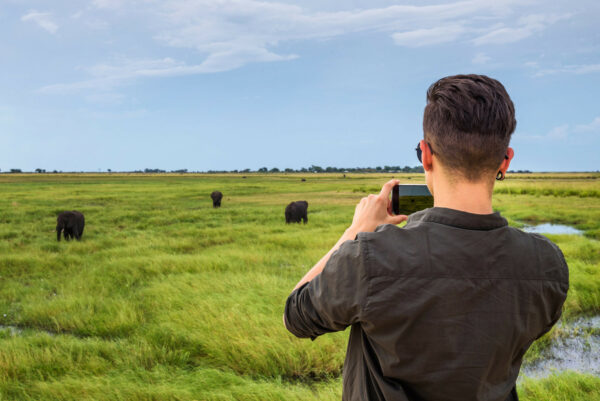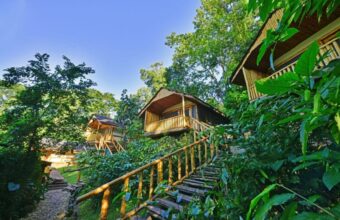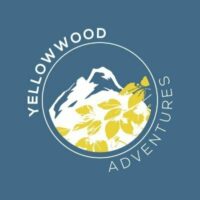Botswana
Safaris for those in the know



With almost one third of its land set aside for conservation, a low-density tourism policy that leaves it blissfully crowd-free and the largest free-roaming elephant population on the planet, a Botswana safari is for those in the know.
The Okavango Delta’s unique scenery and abundant big five game understandably draws most of the attention, but Botswana is much more than a one-hit wonder. Its parks and reserves span an impressive range of landscapes, from the surreal stark beauty of the Makgadikgadi Salt Pans to the primaeval wilderness of the Central Kalahari Game Reserve.
The country’s wildlife is rich and varied. In addition to the countless elephants, giraffe, buffalo and hippo that fill the water-rich northern parks, there is the chance to spot less common desert species in the more arid Kalahari regions. It is also home to the continent’s longest zebra migration, a healthy population of lion, leopard, cheetah and wild dog, and over 600 species of birds.
Activities are similarly diverse – adventurous safari-goers can ditch the traditional game-viewer in favour of any mode of transport imaginable: safari by horse-back, boat, mokoro canoe or quad-bike, or simply venture out on foot.
The only drawback is that the luxury of exclusivity comes at a price – the top camps in the private concessions can rival the most expensive in Africa. Fortunately, there are ways to reduce the costs, so even travellers with slimmer wallets can experience one of Africa’s last great wildernesses without breaking the bank.
Safari in Botswana
An expert guide to Botswana's best safari reserves, camps and experiences
My favourite time to visit Botswana is during the dry season, June to September. During this time, most 4WD tracks are open, water levels in the Delta are ideal for mokoro trips and wildlife watching. This period also corresponds with the high tourism season (which usually starts in June or July), so it’s also the busiest (and most expensive) time of year...read more
Botswana Travel Guides
-

Okavango Delta
World-renowned as a mecca for wildlife, this year-round watery paradise is sustained by rainfall in the Angolan highlands which arrives in the form of an annual flood just as natural rain-filled pans are beginning to dry out... -

Chobe National Park
Nestled in Botswana’s north-eastern corner, Chobe National Park incorporates Chobe Riverfront (close to the Zimbabwe and Zambia borders), famous for its large elephant herds; and Savute (in the west), where a juxtaposition of contrasting habitats and handful of pumped waterholes sustain a melting pot of species... -

Central Kalahari Game Reserve
At some 52,000 square kilometres, making this Africa’s second largest reserve, Central Kalahari feels as wild and unfathomably remote as it was 50 years ago... -

Makgadikgadi Pans National Park
Once the heart of an ancient superlake, the vast network of the Makgadikgadi salt pans is now a mesmerising void expanse the size of Switzerland... -

Nxai Pan National Park
This compact, often overlooked park is worth visiting just to see the remarkable cluster of seven ancient baobabs (named after explorer and painter, Thomas Baines), presiding over a pristine salt pan... -

Okavango Panhandle
Although not a big game destination, the broad meandering Okavango river in the northwest of the country is a birder’s paradise, with over 350 recorded species including several iconic Okavango specialties... -

Kgalagadi Transfrontier Park
In the far south of Botswana, this transfrontier park spills over into South Africa... -

Northern Tuli Game Reserve
Located in the far southeastern corner of the country and formerly divided into a number of segregated farms, NTGR is now the largest privately-owned conservation area in southern Africa... -

Tsodilo Hills
Towering above the contourless landscape, the climbable summits of these four hills range from a short stroll to a day-long hike, rewarding you with expansive views in all directions... -

Kwando Reserve
Spanning over 2,300 square kilometres in Botswana's far north, the Kwando Reserve presents a vast, pristine, and lesser-visited wilderness... -

Kwando River
... -

Selinda Reserve
Scattered along the northern waterways of the perennial Linyanti and Kwando rivers, and the seasonal Selinda spillway, the camps in these three neighbouring private concessions operate in a similar manner to those inside the Okavango Delta... -

Kasane
... -

Moremi Game Reserve
... -

Xakanaxa
... -

Maun
... -

Sankuyo
... -

Khwai Private Reserve
... -
Sepopa
...
Places to go in Botswana
Botswana Tours

Discover Botswana
Explore the Okavango Delta, Kwando, the Kalahari and Chobe
9 daysFrom $3,300

The Southern African Experience
Explore Africa's most stunning destinations, including the Victoria Falls and the Okavango Delta
12 daysFrom $4,300
Botswana's Northern Highlights
10 day small group tour
10 daysFrom £2,995Botswana Travel Companies





 Central America,
Africa,
Central Asia
Central America,
Africa,
Central Asia
YellowWood Adventures
Sustainable travel for the modern-day explorer
























